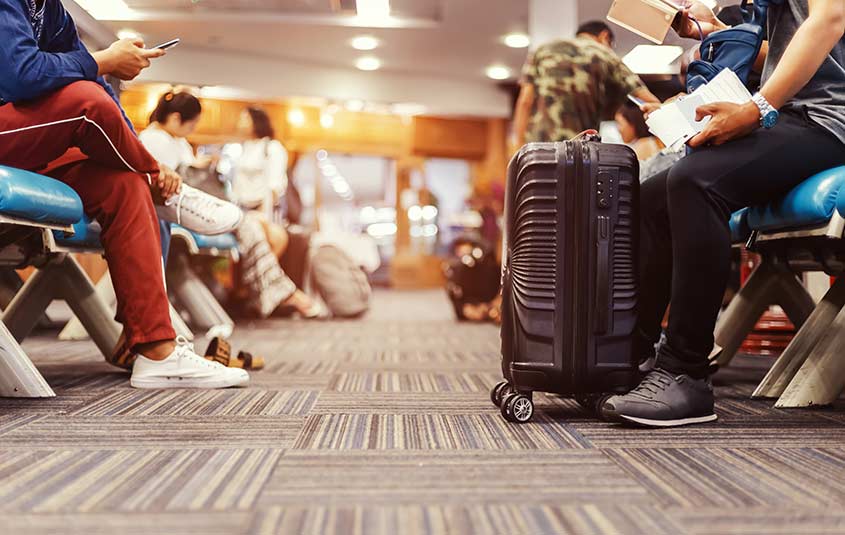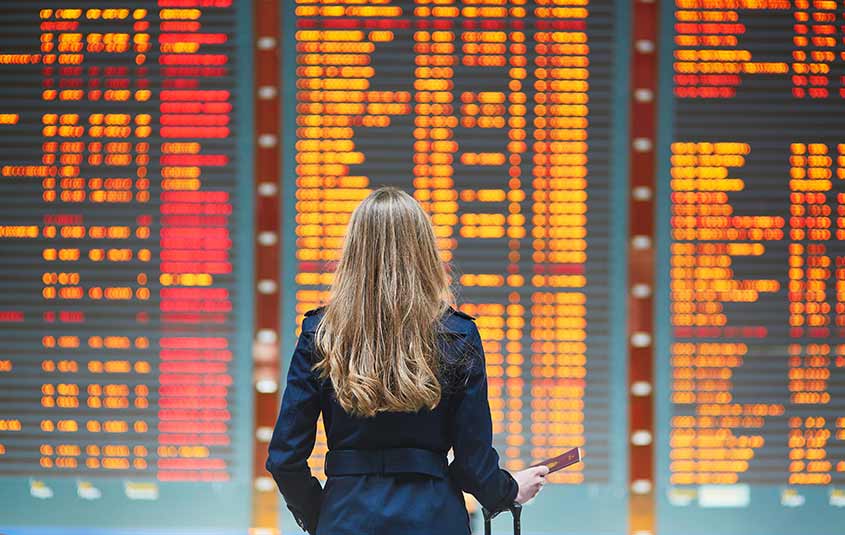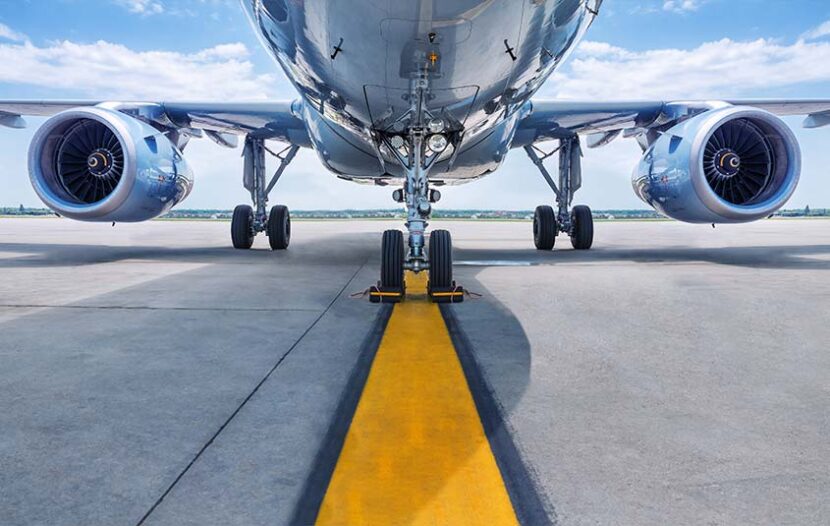TORONTO — It’s easy to see how everyone thought they were doing the right thing.
After air travel was ravaged for more than two years by the pandemic and its border closures, Canada’s airlines and airports – and of course, Canada’s travellers, and travel agents – were primed for the biggest comeback the industry had ever seen.
Anticipating a tsunami of pent-up demand, airlines quickly ramped up flight schedules as restrictions on outbound travel loosened in the late winter and early spring. Meanwhile the summer travel season promised soaring demand. Routes were reinstated at a dizzying pace with plenty of frequencies.
Schedules weren’t as robust as in 2019, but compared to the past two years, summer 2022 was the ‘lightbulb moment’ everyone in the industry had been waiting for, and desperately needed.
Hindsight is always 20/20 and looking back at the start of travel’s comeback summer, the warning signs were there.
Early in the planning stages, as restrictions began falling to the wayside in February and March, airlines, airports and everyone else in the industry could only guess at summer demand levels after an unthinkable two years.
And while the industry was already well-versed in the frustrations of short-staffing due to COVID-19, the labour shortage that saw record levels of job vacancies made a bad situation worse.

But the demand was there, and the re-start was flying, until suddenly, there was turbulence. Would-be travellers saw reports of hours-long lineups at Canada’s biggest airports, particularly Pearson. Then came waves of flight delays and cancellations.
Soon the House of Commons transport committee is expected to hold its first hearing, to look at what went wrong with air travel coming out of the pandemic, and how to fix it.
Travelweek spoke to aviation industry expert John Gradek to get his take.
“Everybody wanted to bring back passenger traffic,” Gradek tells Travelweek. “It was in the airports’ best interest to maximize passenger numbers, to bring in revenue from the AIF and the landing fees.”
And after losing billions over the two years of the pandemic, it was in the airlines’ best interest to maximize passenger traffic too.
“THERE WAS NEVER A HAMMER”
Anyone expecting quick miracles to come out of the transport committee hearings shouldn’t hold their breath, from what Gradek says. With so many contributing factors to the air travel chaos, “it will be difficult to pin it on any one reason.”
Big, high-capacity airports like Pearson and Vancouver are slot-controlled. The process of allocating slots for travel’s restart would have started months and months ago, with airports declaring their capacity, and airlines snapping up the slots. “There are lots of conversations between airlines and airports,” says Gradek, adding “there was no pushback from the airports” when airlines outlined their summer plans.
“The airports tried to staff up, but the hiring process has been tough for every industry. The airlines had enough crew to accommodate demand, but the airports’ infrastructure didn’t. And the airports didn’t do a good job of putting a halt to the growth plans that airlines had for summer,” he says. At least, growth plans compared to the previous two years, which left airports, airlines and the entire travel industry deep in the whole. Rebound was crucial, and everyone wanted travel to restart with as much momentum as possible.
Soon travel’s rapid restart, coupled with soaring demand, impacted the air travel experience not just in Canada but around the world, as Canada’s airports and airlines have been quick to point out.
Scenes of airport chaos at London Heathrow played out just like at Pearson. But then the UK’s Civil Aviation Authority (CAA) and the Competition and Markets Authority (CMA) stepped in. “The CAA and the CMA told Heathrow’s airport authority, ‘fix it’,” said Gradek.
In mid-July, Heathrow capped the number of daily passengers to 100,000. Some airlines, notably Emirates, took umbrage with the decision, calling it “entirely unreasonable and unacceptable”. Emirates promptly added more flights into Gatwick. British Airways meanwhile suspended short-haul flights to meet the cap.
Heathrow recently said the daily 100,000 passenger cap is working and has extended it through Oct. 29.
With perhaps the best intentions, in Canada “there was never a hammer,” says Gradek. Airports never told the airlines to scale back their schedules. Here, he adds, authority on who has the power to reduce or control the number of flights “falls through the cracks.”
FLIGHT CANCELLATIONS
As travel advisors well know, Canada’s major airports have only been part of the problem this summer. Flight cancellations were rampant and added to the frustration. The labour shortage has only fuelled the problem.
Recently reports surfaced of airlines rejecting refund claims for flights cancelled due to staffing issues; the airlines say crew constraints are a safety issue and therefore not grounds for a refund.
But there’s more to it, says Gradek. “Staffing is the airline’s responsibility,” he says. “And the reason you’re short on staff is because you’re flying too many airplanes.”

Broader rules for Canada’s Air Passenger Protection Regulations (APPR) will come into effect Sept. 8, 2022, “to ensure passengers are compensated for flight delays, cancellations, and other incidents that may be out of an air carrier’s control,” according to Transport Canada.
Air Canada spokesperson Peter Fitzpatrick told Travelweek that Air Canada remains committed to continue fulfilling its obligations under APPR.
“Decisions to cancel flights are not taken lightly, and only as a last resort due to the impact such an event has on customers, aircraft and crew, not only for the initial flight but also for subsequent flights the aircraft and crew are scheduled for. Cancellations are relatively rare, and in the second quarter we had a 96.3% flight completion rate, meaning more than 96% of flights planned for each day actually flew on average,” said Fitzpatrick.
He notes that the APPR outlines several categories for required duty of care, and compensation, depending on the circumstances. Some cancellations are within the airline’s control, and some aren’t. “There is also a third category, where cancellations are within the airline’s control but for safety reasons, in which case there are obligations on the carriers for such things as meal vouchers and hotels, but not compensation. This properly recognizes that the top priority for any carrier (and customers) is to operate safely and that there should be no penalties for making decisions based on safety.”
Fitzpatrick also says Air Canada has more employees proportionate to its flying schedule compared to pre-pandemic times. “In the current quarter we are at 90% of our pre-COVID staffing level and plan to operate 79% of our pre-pandemic third quarter capacity.”
Air Canada’s latest stats, released yesterday, Aug. 17, show a substantial reduction in the volume of flight cancellations. During the week of August 8, there was a 77% reduction in the number of cancelled flights as compared to the week of June 27. And flight completion reached 96.7%.
“THE TRAVELLING PUBLIC DESERVES BETTER”
Everyone in the travel and airline industries has an opinion about what should come out of the transport committee hearings.
“If I was called to speak at the hearing, I’d ask, how do we make sure this doesn’t happen again,” says Gradek.
“In the U.S., [Secretary of Transportation] Pete Buttigieg told the airlines, if you don’t cut [flights], we’ll do it. Minister Alghabra has said he doesn’t want to do that,” says Gradek. Air Canada did trim its schedule for July and August, and WestJet says a streamlined schedule has been a priority.
For the full story in the Aug. 18, 2022 digital edition of Travelweek, click here.

